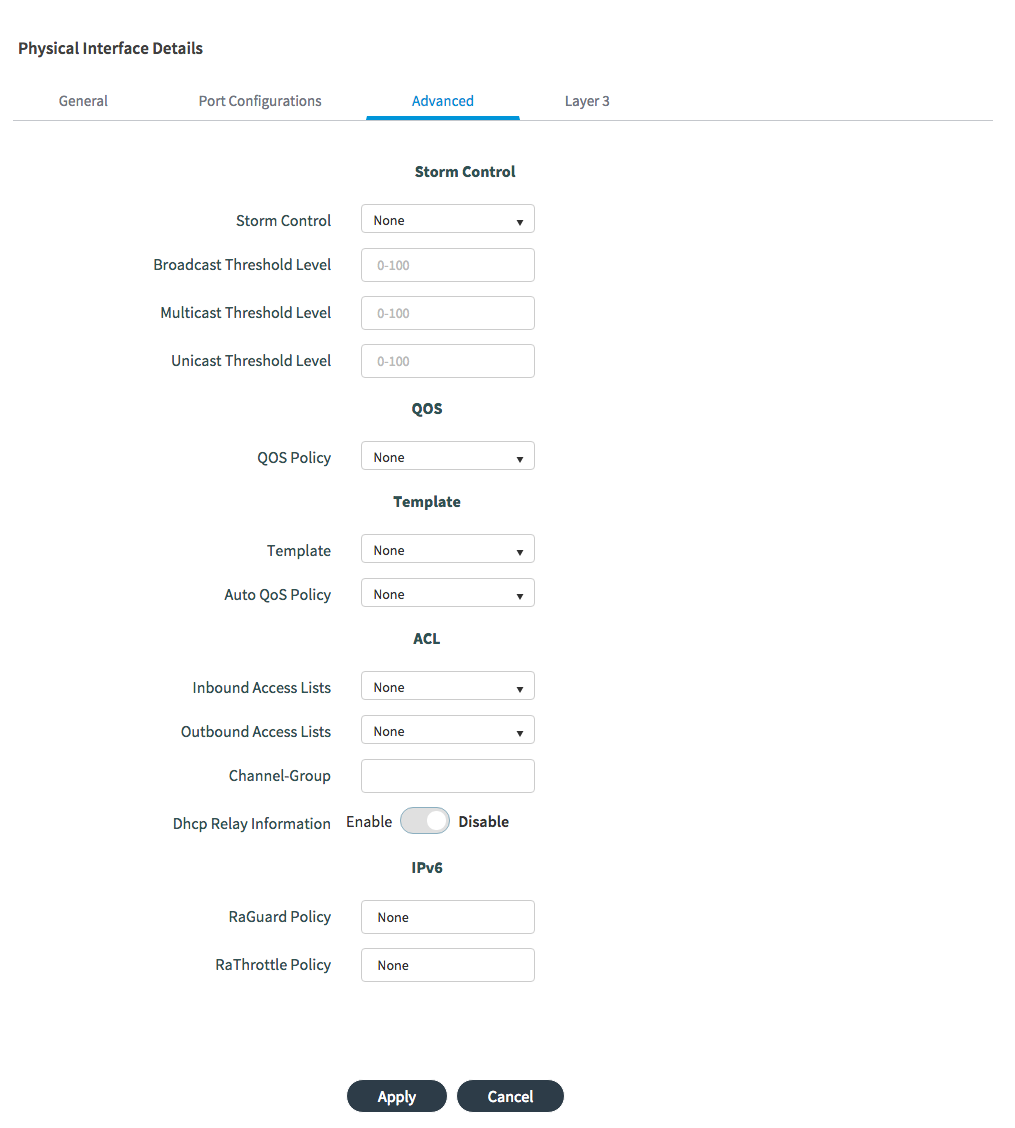

See Option 2: Create a custom policy with custom settings.

In order to be able to configure device tracking policy attributes you must create a custom policy. The default policy is a built-in policy with default settings you cannot change any of the attributes of the default policy. The system then attaches the default policy it to the interface or VLAN. Option 1: Apply the default device tracking policy to a target.Įnter the device-tracking command in the interface configuration mode or in the VLAN configuration mode. Manually Enabling SISF-Based Device Tracking The target could be an interface or a VLAN. You can enable it by defining a device tracking policy and attaching the policy to a specific target. SISF-Based device tracking is disabled by default. Options to Enable SISF-Based Device Tracking SISF-based device tracking can be enabled manually (by using device-tracking commands), or programmatically (which is the case when providing device tracking services to other features). If you are using the IPDT and IPv6 Snooping CLI and want to migrate to SISF-based device tracking, see Migrating from legacy IPDT and IPv6 Snooping to SISF-Based Device Tracking, for more information.
CISCO IOS XE DENALI VS EVEREST UPGRADE
We recommend that you upgrade to SISF-based The IPDT and IPv6 Snooping commands are deprecated, but continue to be available. When you bootup the switch, the set of commands that is available depends on existingĬonfiguration, and only one of the following is available: SISF-based device tracking supports both IPv4 and IPv6.Įven with the introduction of SISF-based device tracking, the legacy device tracking CLI (IP Device Tracking (IPDT) and IPv6 Such as, IEEE 802.1X, web authentication, Cisco TrustSec and LISP etc., depend on the accuracy of this information to operate Received by the switch, extracts device identity (MAC and IP address), and stores them in a binding table. The main role of the feature is to track the presence, location, and movement of end-nodes in the network.

The Switch Integrated Security Features based (SISF-based) device tracking feature is part of the suite of first-hop security Information About SISF-Based Device Tracking

Example: Avoiding a Short Device-Tracking Binding Reachable Time.Example: Mitigating the IPv4 Duplicate Address Problem.Example: Enabling IPv6 for SVI on VLAN (To Mitigate the Duplicate Address Problem).Example: Disabling IPv6 Device Tracking on a Target.Example: Programmatically Enabling SISF-Based Device Tracking in Cisco IOS XE Everest 16.6.x.Configuration Examples for SISF-Based Device Tracking.Configuring a Multi-Switch Network to Stop Creating Binding Entries from a Trunk Port.Programmatically Enabling SISF-Based Device Tracking in Cisco IOS XE Everest 16.6.x.Attaching a Device Tracking Policy to a VLAN.Attaching a Device Tracking Policy to an Interface.Creating a Custom Device Tracking Policy with Custom Settings.Applying the Default Device Tracking Policy to a Target.Manually Enabling SISF-Based Device Tracking.
CISCO IOS XE DENALI VS EVEREST HOW TO
How to Configure SISF-Based Device Tracking.IPDT, IPv6 Snooping, and SISF-Based Device Tracking CLI Compatibility.Migrating from Legacy IPDT and IPv6 Snooping to SISF-Based Device Tracking.Migrating from Legacy Commands to SISF-Based Device-Tracking Commands.Options to Enable SISF-Based Device Tracking.Information About SISF-Based Device Tracking.


 0 kommentar(er)
0 kommentar(er)
